Beech Tree
Beech trees, in the right conditions, can grow into large, old, majestic trees over 40 metres high.
| Hedgerow Type | |
| Common Names | Beech Tree |
| Scientific Name | Fagus sylvatica |
| Season Start | Apr |
| Season End | Nov |
Leaves
Pointed oval green leaves with a lightly toothed or wavy margin developing as the leaf matures. Young leaves have small hairs on the edges and underside which it loses with maturity. The dead leaves can remain on the tree until Spring.
The Copper Beech, Fagus sylvatica var. purpurea, has red to purple leaves and is a natural variant on the common Beech.
Flowers
The female has small yellow/green flowers in spring which develop into green, spiky oval ‘fruits’ which split in the Autumn to release Beech nuts or masts as they can be called.
The male flowers hang in ‘catkins’ just after the leaves have opened.
Nuts
The green spiny cases turn brown later in the year and in some Autumns produce nuts large enough to bother collecting.
Bark
The trunk has smooth grey bark that can develop ridges with age and can grow to a large circumference.
Taste
The young leaves have a pleasant citrus/salad taste and the nuts are a tasty if energy inefficient snack.
Frequency
Common.
Collecting
The young translucent leaves can be used as a good salad green in Spring.
The nuts can be available in Autumn but the trees vary from year to year and a lot of the time the beech nuts do not develop into anything worthwhile, when they do it’s called a mast year,
Medicinal Uses
Has been used in the past to treat skin disorders.
The tar that can extracted from the wood can be used as an antiseptic.
Other Facts
Beeches are monoecious, having both female and male flowers on the same tree.
The Beech tree has the most mycorrhizal relationships of UK trees and is therefore one of the best trees to find mushrooms under in Autumn.
The dense canopy and fallen leaves mean that under a Beech none but the hardiest of shade plants can grow.
Beech can make a good hedge as it keeps a lot of leaves over winter.
One of our favorite things to do with a Beech tree is make Beech leaf noyau, a lovely and easily made liqueur.
Beech makes a great wood for fires as it is easily split and burns slowly.
There is enough fat in beech mast to be worth extracting and it makes a good oil.



 (8 votes, average: 3.88 out of 5)
(8 votes, average: 3.88 out of 5)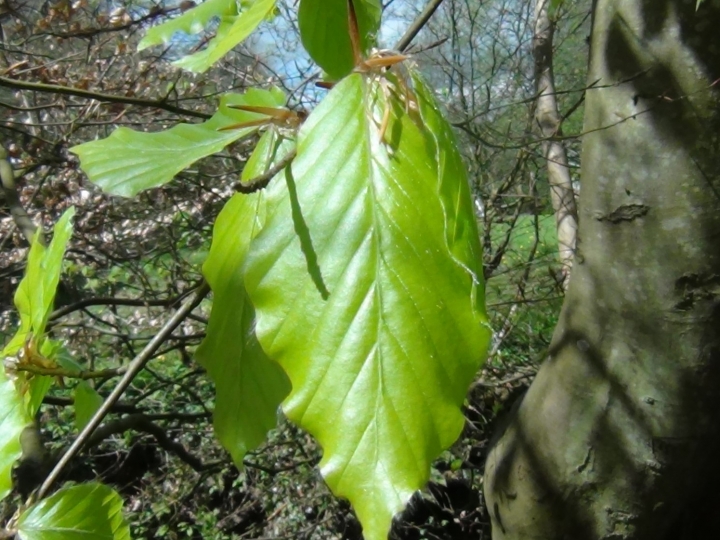
















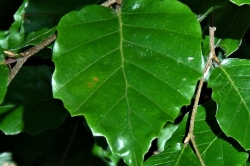
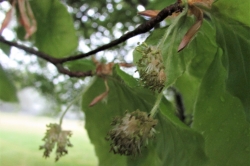
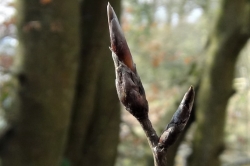
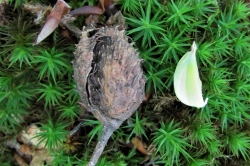
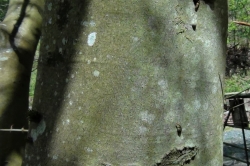
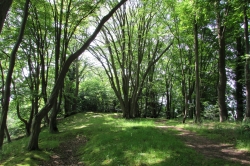





2 comments for Beech Tree
This year my paddocks are covered in beech tree flowers, does that mean we will not get many nuts this autumn? Do they flowers have to stay on the tree for it to form a nut?
I’m not sure what you mean by flowers, the petals will drop naturally but if it is the entire flower you may not get nuts this year. To get beech nuts worth fighting to get into we need a mast year, it hasn’t happened for a few years now so we are due one. A mast year is when the conditions are perfect for the tree and it produces larger nuts than normal.